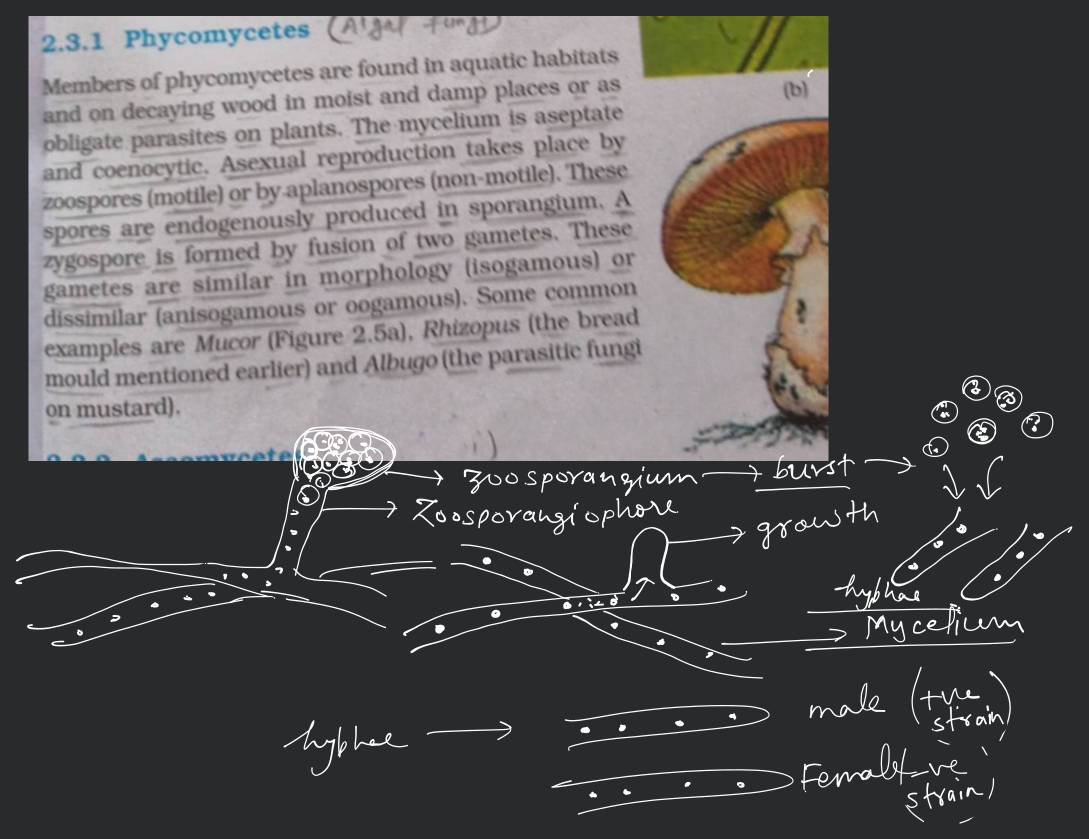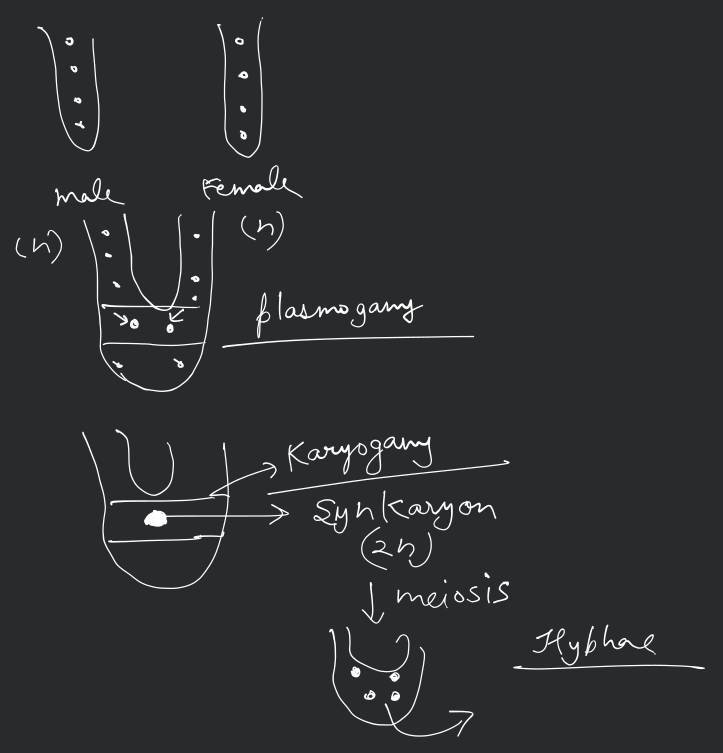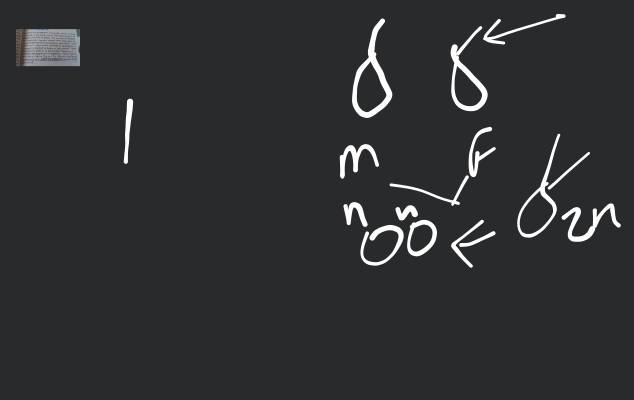Question
Question asked by Filo student

2.3.1 Phycomycetes (Algal (ungi) Members of phycomycetes are found in aquatic habitats and on decaying wood in moist and damp places or as obligate parasites on plants. The mycelium is aseptate and coenocytic. Asexual reproduction takes place by zoospores (motile) or by aplanospores (non-motile). These spores are endogenously produced in sporangium. A zygospore is formed by fusion of two gametes. These gametes are similar in morphology (isogamous) or dissimilar (anisogamous or oogamous) Some common examples are Mucor (Figure ), Rhizopus (the bread mould mentioned earlier) and Albugo (the parasitic fungi on mustard).
Found 4 tutors discussing this question
Discuss this question LIVE
10 mins ago
Filo tutor solutions (6)
Learn from their 1-to-1 discussion with Filo tutors.
3 mins
Uploaded on: 1/23/2023
Was this solution helpful?
50
Share
Report
7 mins
Uploaded on: 3/8/2023
Was this solution helpful?
77
Share
Report

One destination to cover all your homework and assignment needs
Learn Practice Revision Succeed

Instant 1:1 help, 24x7
60, 000+ Expert tutors

Textbook solutions
Big idea maths, McGraw-Hill Education etc

Essay review
Get expert feedback on your essay

Schedule classes
High dosage tutoring from Dedicated 3 experts
Practice more questions on Diversity in the Living World
Question 1
Medium
Views: 6,071
Question 2
Medium
Views: 6,053
Students who ask this question also asked
Question 2
Views: 5,345
Question 4
Views: 5,775


Stuck on the question or explanation?
Connect with our Biology tutors online and get step by step solution of this question.
231 students are taking LIVE classes
| Question Text | 2.3.1 Phycomycetes (Algal (ungi)
Members of phycomycetes are found in aquatic habitats and on decaying wood in moist and damp places or as obligate parasites on plants. The mycelium is aseptate and coenocytic. Asexual reproduction takes place by zoospores (motile) or by aplanospores (non-motile). These spores are endogenously produced in sporangium. A zygospore is formed by fusion of two gametes. These gametes are similar in morphology (isogamous) or dissimilar (anisogamous or oogamous) Some common examples are Mucor (Figure ), Rhizopus (the bread mould mentioned earlier) and Albugo (the parasitic fungi on mustard).
|
| Updated On | Apr 10, 2023 |
| Topic | Diversity in the Living World |
| Subject | Biology |
| Class | Class 12 |
| Answer Type | Video solution: 6 |
| Upvotes | 467 |
| Avg. Video Duration | 4 min |






